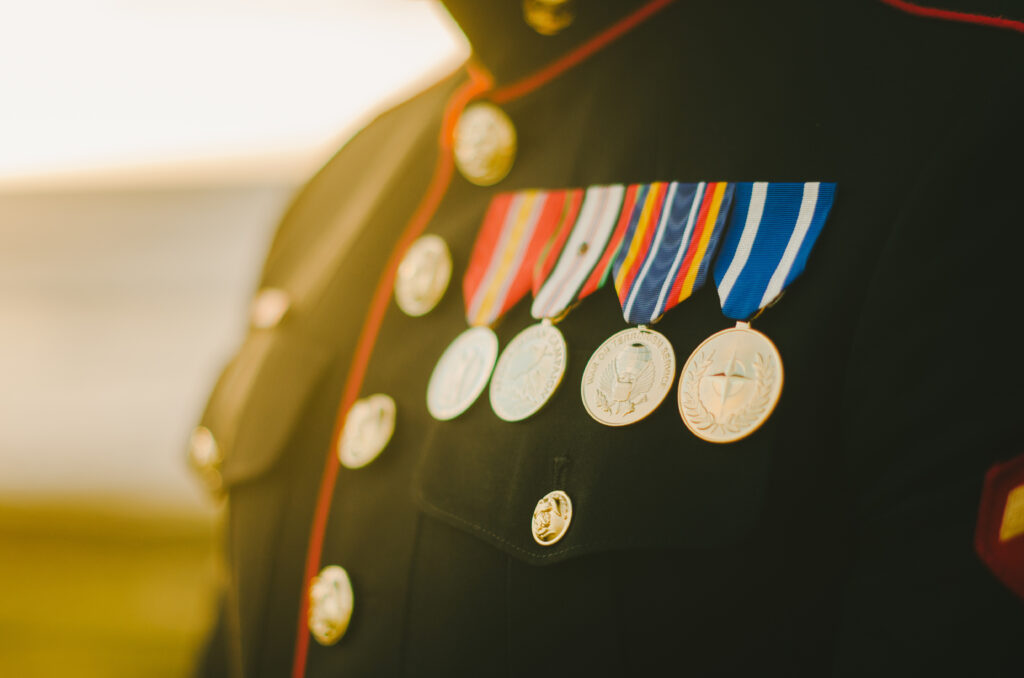
Hollywood isn’t known for accuracy, and the movies that revolve around the U.S. military are no exception. Anyone who has any experience with the military knows that movies get military uniforms wrong all the time. But why?
Movies get military uniforms wrong because the creators fail to do their research. There used to be a law that controlled using military uniforms in acting, but it was deemed “unconstitutional” in 1970, so there is nothing keeping uniforms from being portrayed accurately today.
It can be hard to fathom why a billion-dollar industry has trouble nailing down accurate costume designs (something they should have the money and resources for), but the intricacies of the military and Hollywood can explain why they just can’t get it right. Not to mention, the law that started this whole debate is still very much part of the public consciousness, even though it hasn’t been in effect in decades.
Schacht v. United States
It’s likely that you’ve heard the rumor that it’s illegal to use accurate uniforms in movies. This rumor regarding military uniform use in movies and theater did come from an actual court case that was resolved in 1970. Despite the fact that this case happened over fifty years ago, people today still think that accurate military uniforms can’t be used in film due to legal disputes.
In December of 1967, the United States was right in the middle of the Vietnam War. The country had already been fighting for thirteen years, and the public had run out of goodwill for the war effort. People were beginning to rebel against the draft and fight against the fighting in Vietnam, and they began protesting very openly about it.
Three protesters stood out against the crowd. They didn’t stand outside of their town hall, picketing cardboard signs for hours in hopes that someone in power would see it. Instead, they decided to take a more creative approach. These three men, Daniel Jay Schacht, Jarrett Vander Smith, and a third friend of theirs performed a skit in front of the Armed Forces Induction Center in Houston, Texas.
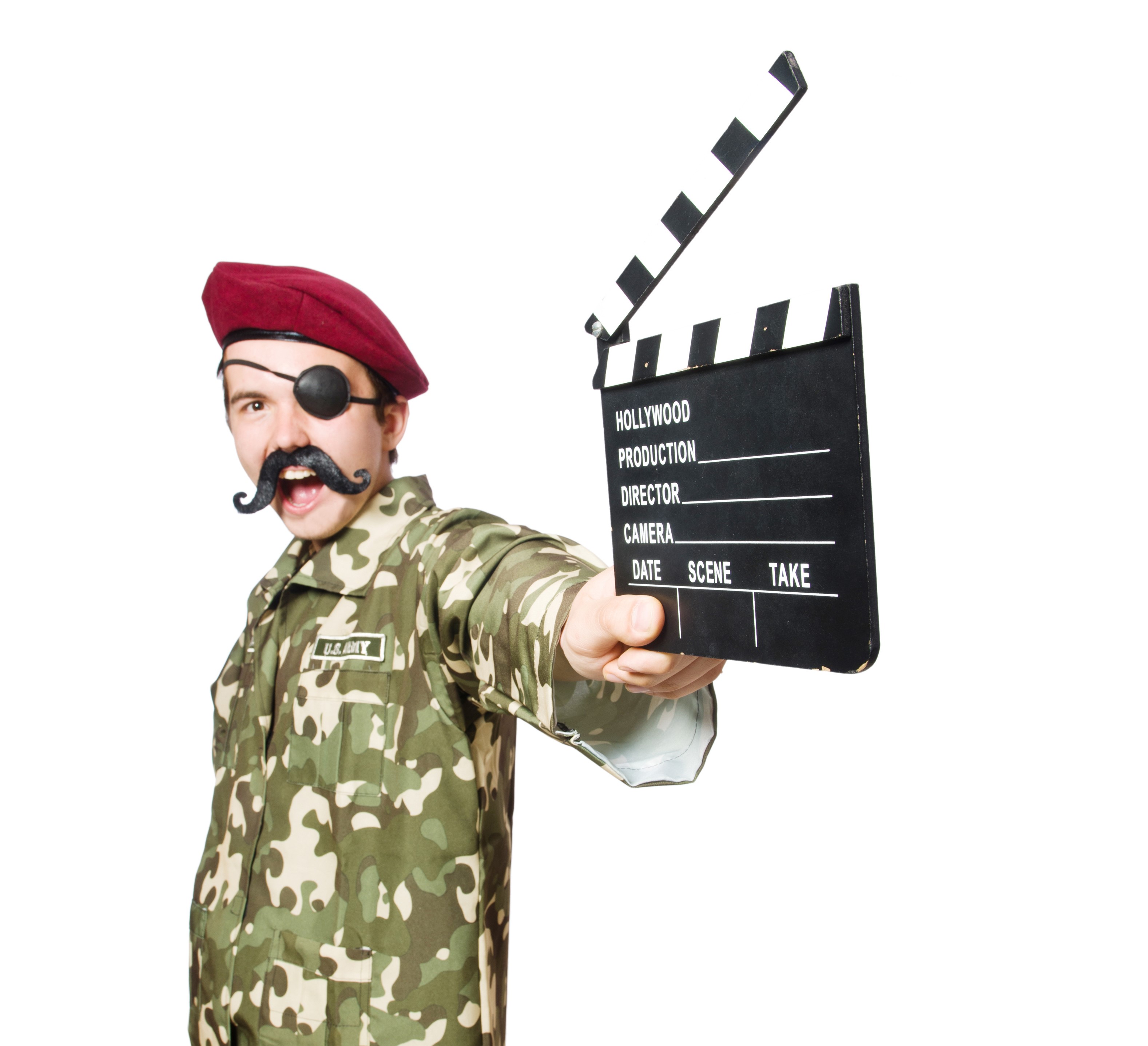
The skit was short, sweet, and to the point. Two of the men dressed up as military soldiers, and the last one was dressed in Viet Cong clothing. One of the soldiers would shout: “Be an American!” as he shot the Viet Cong soldier with a water gun (filled with some sort of red liquid with the appearance of blood). The Viet Cong soldier would fall over, presumably dead, and then one of the American soldiers would shout out: “My God, this is a pregnant woman!” According to the records of the court case, they performed this skit multiple times on the morning of December 4th, 1967.
By that night, Daniel Jay Schacht and Jarrett Vander Smith were arrested, likely because those two were the ones dressed up as American soldiers.
There’s nothing wrong with performing a skit in public. The First Amendment protected their rights on that front. But they had broken a different law.
The law in question is the U.S. Code Title 10, Subtitle A, Part II, Chapter 45, S772. Section (f) of this law states:
“While portraying a member of the Army, Navy, Air Force, or Marine Corps, an actor in a theatrical or motion-picture production may wear the uniform of that armed force if the portrayal does not tend to discredit that armed force.”
According to the law, Schacht was fined two-hundred and fifty dollars, and he was sentenced to six months in jail. But the case was taken to the Supreme Court, and they had a different opinion on the matter.
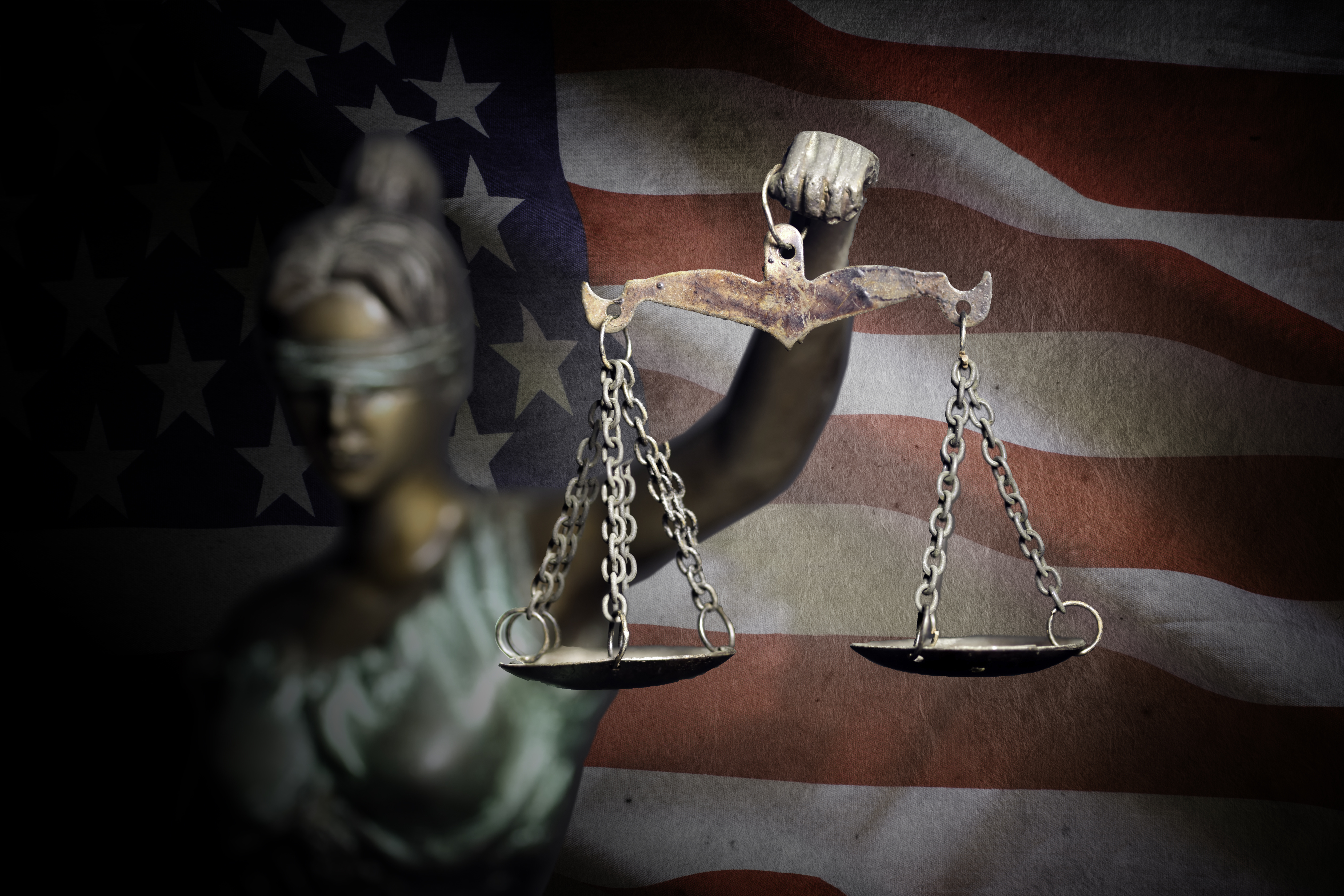
They decided that the ruling against Schacht “cannot survive in a country which has the First Amendment” and that the “final clause must be stricken from the section” (Quotes from the Supreme Court taken from https://supreme.justia.com/cases/federal/us/398/58/).
After that decision was reached, Schacht was cleared of all charges. From that moment on, it has been one-hundred percent legal for actors in any theatrical production, whether it’s professional or not, to wear military uniforms in any representation of the U.S. Armed Forces.
This means that even you could release a military parody on YouTube with perfectly accurate military outfits and decorations with no legal consequences, no matter what you said or did. Ever since 1967, Hollywood has had every opportunity to get their military outfits right. But they don’t, and it might not be completely their fault.
Uniforms Over the Years
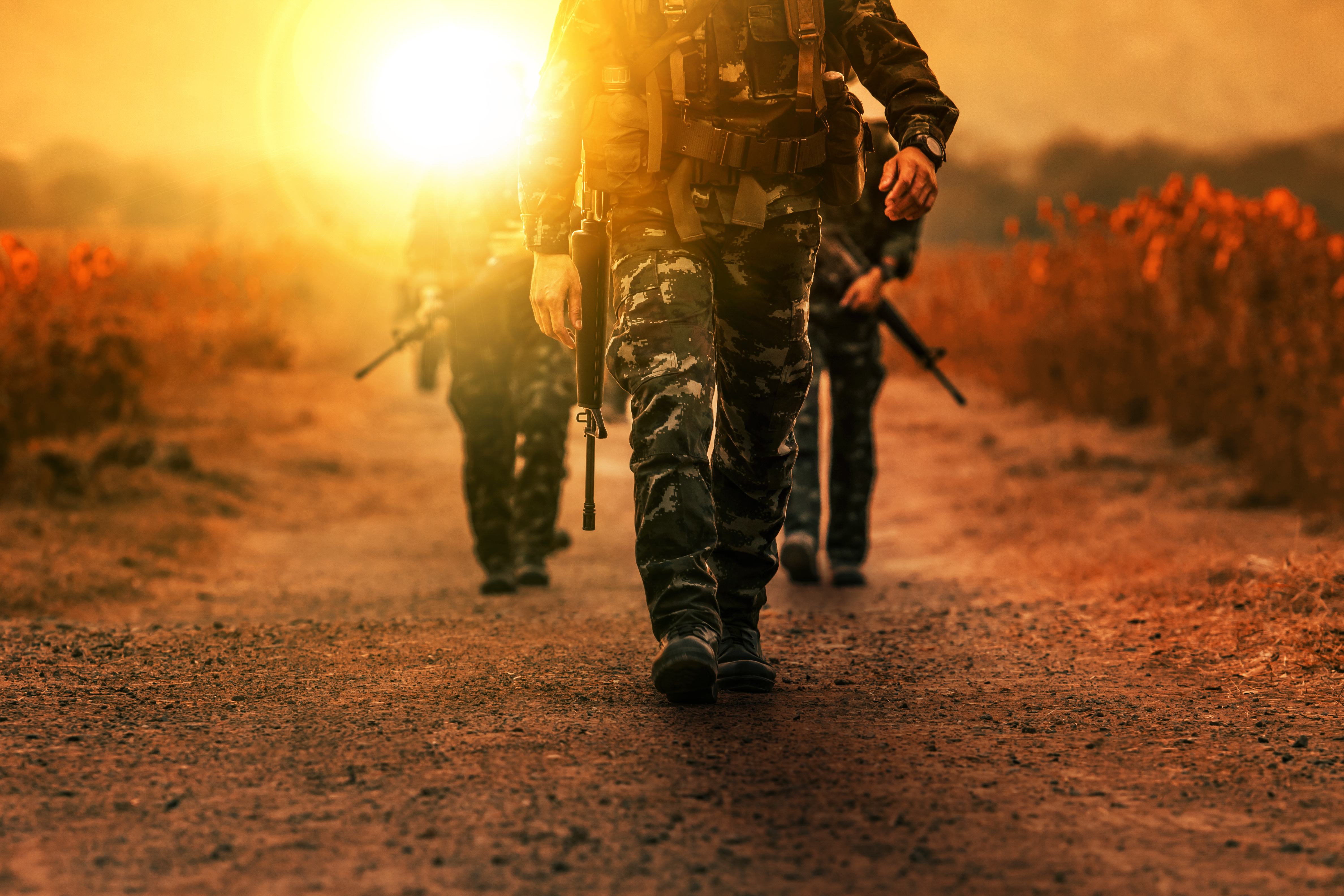
Movies transcend time and space. They can be about anyone, they can be about anything, they can take place anywhere in any time period. They’re about as creative as you can get.
While that means that the movie producers have no excuse to get military uniforms wrong, it also means that depending on what time period they pick, the military uniforms might look completely different.
Forrest Gump joined the Army in 1969, and the critically acclaimed filmed “A Few Good Men” starring Tom Cruise took place from 1990-1995 in the Marines. Both outfits worn by the actors in each movie look similar at a first glance, but there are about a million differences between the two of them. It has a lot to do with the time period, not to mention that the characters were serving in two totally different branches of the military.
The U.S. Army’s uniform has changed more times than Doctor Who, and it can be hard to keep all the uniforms straight. In the two-hundred and forty years since the United States of America was first established, the Army uniform has changed roughly thirty-nine times. Sometimes these changes are small, and sometimes they’re as night-and-day as Gollum and Bilbo.
Those thirty-nine times might seem like a lot, but here’s the thing; that number only accounts for the changes made in the Army branch of the military. According to the United States Department of Defense website, there are seven offical branches of the military (Army, Marine Corps, Navy, Air Force, Space Guard, Coast Guard, and the National Guard) and each of them has their own uniform intricacies and histories.
As annoying as it is, can you blame Hollywood movie producers for getting some details wrong? Not every single uniform detail can be remembered and accounted for if they’re working with a different time period and trying to juggle the actors, the set, the script, the make-up, the cameras, and about a million other concerns to keep their movie afloat.
Accuracy v. Glamour
Hollywood is all about how things look. That’s not a surprise to anyone, looking at a freshly printed Paparazzi magazine from the grocery store check-out line can tell you the same thing. A lot of people in the movie industry care so much about the way things look that it can have really nasty psychological and physical side effects on themselves and those around them.
“It’s not about aptitude; It’s the way you’re viewed!”
-Glinda the Good Witch,
from the Broadway Musical “Wicked”
To pull a quote from a beloved character, “it’s not about aptitude; it’s the way you’re viewed!” In this case, that quote stands true. The movie producers and directors are way more concerned with whether or not the military costume designs chosen for the movie look dramatic enough for film.
Obviously, this varies from person to person, and it’s rude to assume that all they care about is how things look. But from a filmmaking perspective, how things look is extremely important. If a director is making a movie, and the correct uniform is boring when compared to a different version of that uniform, the director might go with the inaccurate one, just to spice things up on camera.
After all, movies are mostly visual. You spend around two hours staring at a screen, and the directors want to make sure you like what you see.
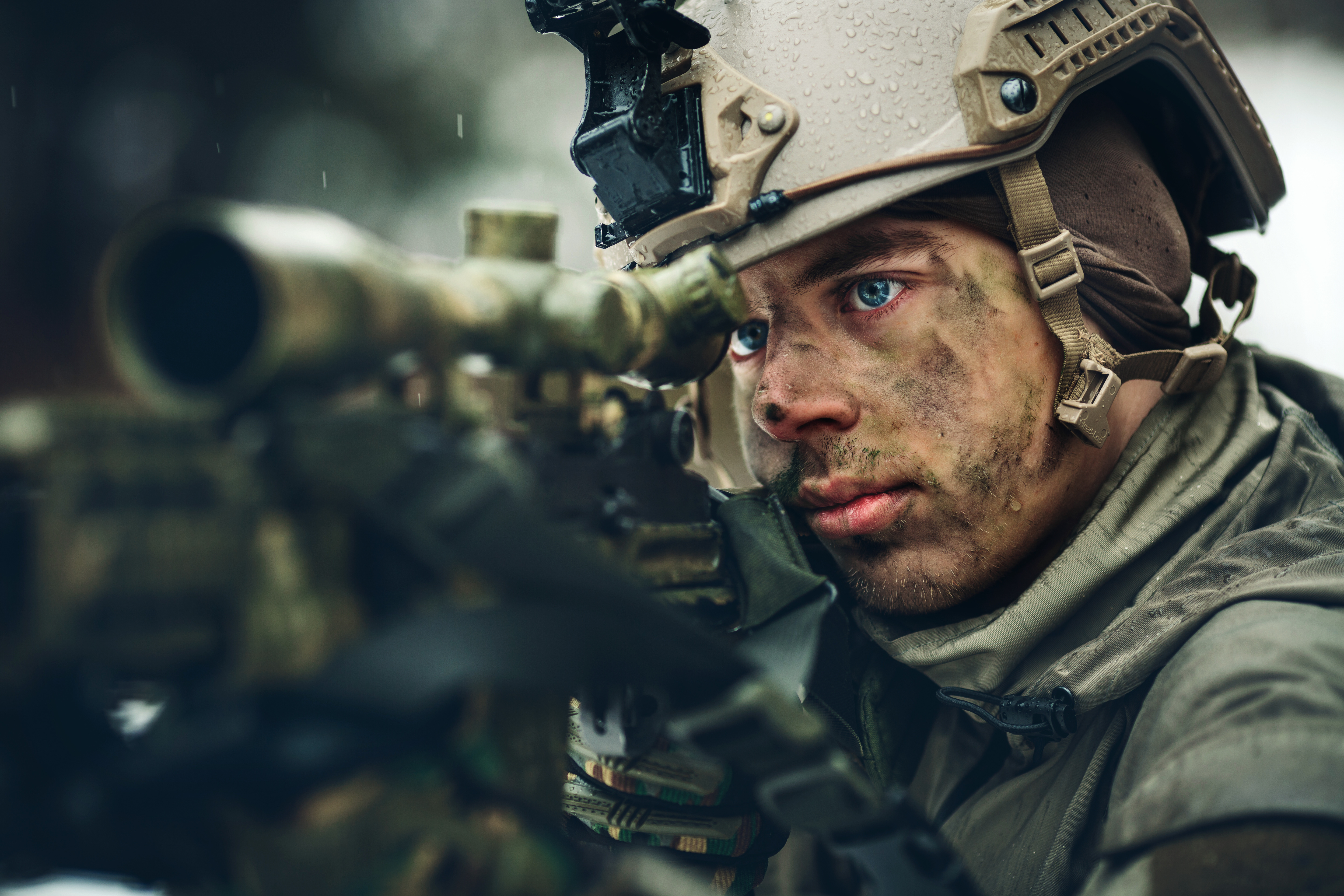
Some choices are for stylistic options, but others are for more practical reasons. For example, if there a scene where an actor is playing a soldier who’s handling a gun, in real life, they would probably have on some kind of eye and ear protection. But in a movie, the director wants the audience to be able to see the actor’s facial expressions. So the outfit could be inaccurate to allow for a stronger connection between the characters and the audience; after all, it can be hard to see someone crying if their tears are hidden behind tinted ballistic glasses.
These artistic choices can bother people, and for good reason. Veterans have a right to see their military experiences portrayed as accurately as possible, but unfortunately, that doesn’t always happen. There will probably be plenty of movies in the future that continue to put actors in camo shorts and call it a day, but it all goes back to the Schacht v. United States court case.
Schacht had the freedom of speech to protest in a military uniform. And unfortunately for the rest of us, that also means that Hollywood has the right to make films with the wrong military uniforms over, and over, and over again.